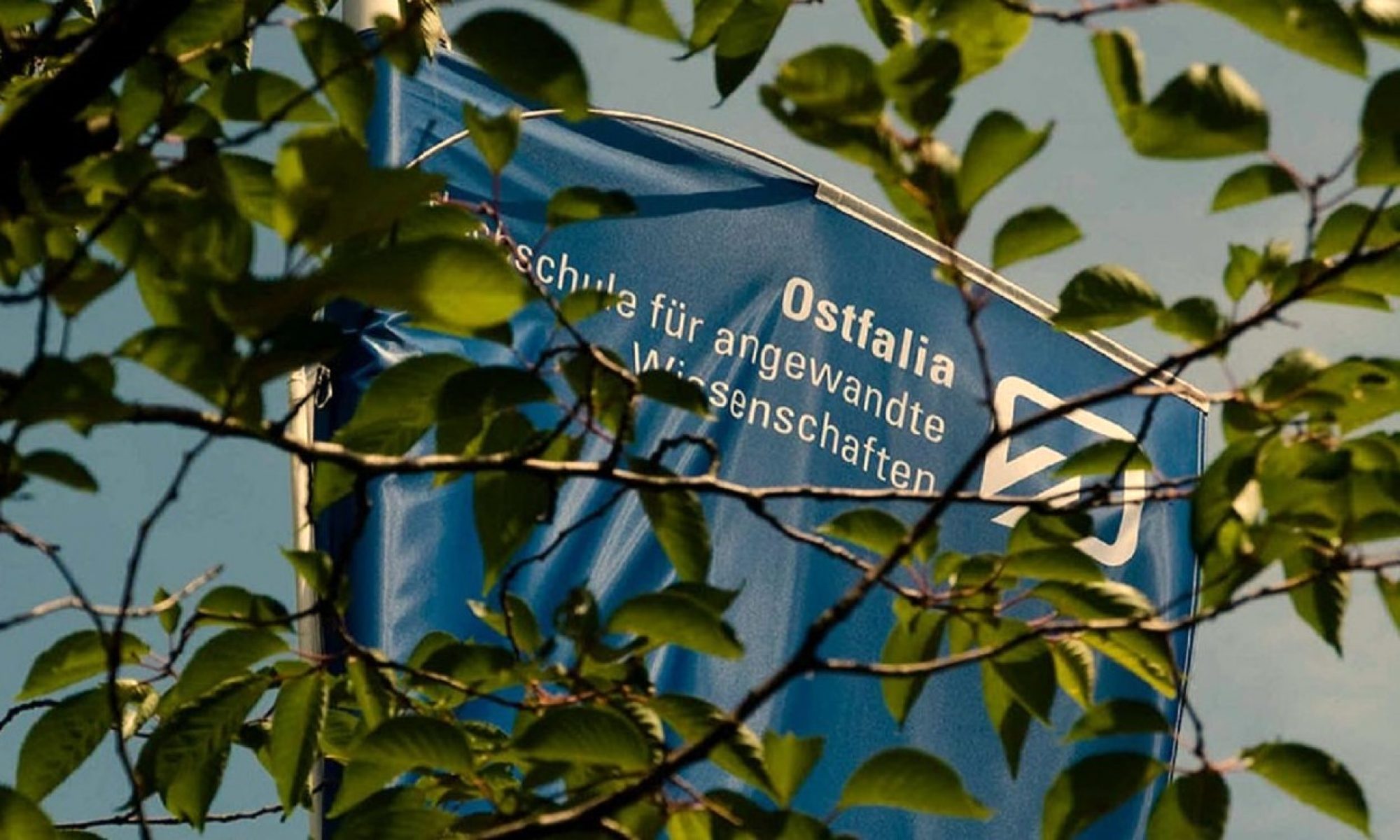Bertie Knight & Sarah Peers & Graham Ward
bertie.knight@nmite.ac.uk ; sarah.peers@nmite.ac.uk; graham.ward@nmite.ac.uk
New Model Institute for Technology and Engineering
Abstract
As has been noted by Graham (2018), engineering higher education has undergone and continues to undergo enormous change over the past decade and a half. Features of ‘emerging leaders’ in this trend are noted as having a curricular emphasis on student-centred active learning, interdisciplinarity, social relevance and external engagement. The New Model Institute for Technology and Engineering (NMITE), itself an emerging leader in the UK, meets all of these criteria (Hitt et al., 2020).
NMITE is one of very few HE institutions in the UK that does not have mathematics as an entry requirement for its engineering programmes. Furthermore, in contrast to sector norms, NMITE does not have a dedicated ‘mathematics module’ serving as a pre-requisite for mathematical learning content in later modules and does not assess students via traditional closed-book examinations. Rather, mathematics is embedded throughout NMITE’s curriculum, with a problem-based approach to teaching and learning, and an ‘authentic’ approach to assessment, or in other words, assessment that aims to suitably reflect the demands of an employed engineer.
In doing this, NMITE aims to provide its graduates with robust mathematical thinking skills that will support innovative, creative, intelligent future engineering. This paper provides a case study of how mathematics was embedded into a first-year thermodynamics and fluids module at NMITE. The examples of practice in the paper feature key characteristics including problem-based learning; an emphasis on physical interpretation and a qualitative understanding of mathematics rather than on abstract technique; connecting mathematics to real-world, experimental phenomena and encouragement of using digital tools as opposed to ‘by-hand’ and/or ‘by memory’ problem solving. This work aims to reflect on the mathematics delivery in this module and encourage a wider discussion in the engineering education sector about this approach to teaching and learning, and to assessment.
The theoretical underpinnings for the NMITE approach to teaching and learning and to assessment of mathematics are provided. Reflections on the module delivery from the perspective of one of its lead learning facilitators are included. A preliminary analysis of student attainment against equality, diversity and inclusion (EDI) data is presented, with a particular interest in comparing outcomes between students with and without an entry qualification in mathematics. Reflections and feedback on the mathematical elements of the module from the students’ perspectives are also provided.
Keywords
Mathematics in Engineering Education, Problem-based Learning, Authentic Assessment, Emerging Engineering Curricula, Innovative Teaching and Learning
References
Graham, R., 2018. The global state of the art in engineering education, Massachusetts, USA: Massachussetts Institute of Technology (MIT) Report.
Hitt, S. J., Rogers H. L., Allan, D., E., P. Ling, Guerrero, M., Metcalfe, P. & Rogers, N. (2020). The Exigence in Engineering Education. [online] Hereford: New Model Institute for Technology and Engineering. Available at: https://nmite.ac.uk/sites/default/files/2020- 10/Exigence%20Paper%20with%20brand.pdf [Accessed 29 Jan. 2025].
